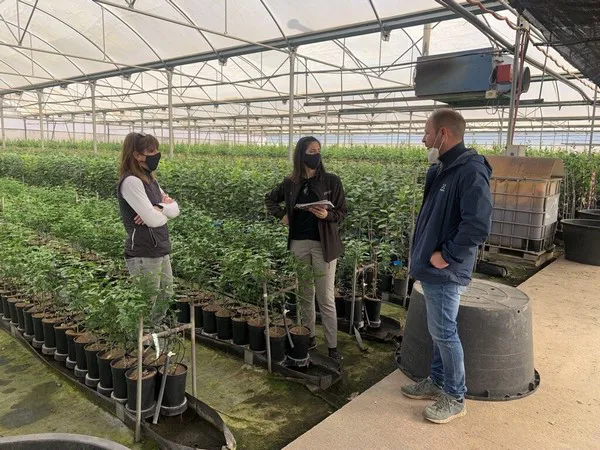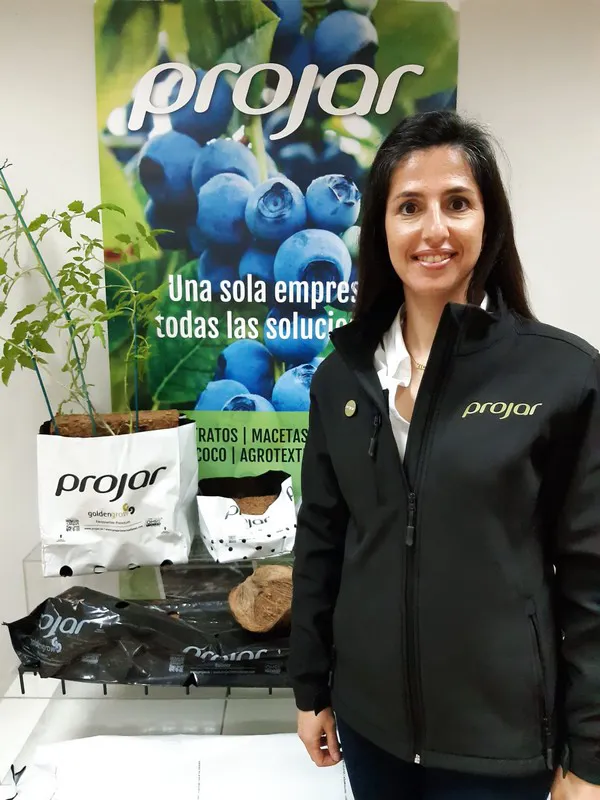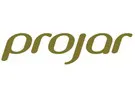The success of soilless cultivation technology lies in the supply of the three elements that plants need to survive: oxygen, water, and nutrients.

"Hydroponics has been presented as the great alternative for food production in the future," says Vicenta Riera, Crop Marketing Specialist and agronomist at Projar, "and this is backed by statements from the FAO, which reported that food demand is expected to increase by 60% since there will be more than 9,000 million people living on the planet by 2050." There is also the need to overcome limiting aspects for the crop related to the environment, climate control, pests, and diseases.
All this has led to an expansion of greenhouses to an estimated global area of 485,000 hectares in 2021. However, we must distinguish between greenhouse crops in soil (375,000-385,000 hectares), crops in hydroponic systems or without substrates (20,000-25,000 hectares), and greenhouse crops without soil in substrates (70,000-75,000 hectares).
"This significant increase has been achieved thanks to the system's great effectiveness. We at Projar have started new projects in more than ten countries in the last five years," says Riera.
The choice of soilless cultivation entails multiple advantages for crop cultivation, including:
- Control of the culture medium to achieve the best vegetative and reproductive results for the plant.
- Advanced start of the production (30%-50%).
- Higher production and number of plants per square meter.
- Use of cultivation bags or pots to optimize the use of space, making it possible to adapt the arrangement of plants to their development.
- Prevents deformation of the fruit since it avoids contact with the ground.
- Use of substrates that ensure greater aeration and good drainage of the roots.
- Use of drip irrigation (little water, high frequency).
- Reuse of water.
- Potential to be implemented anywhere.
- Better planning at all stages of cultivation.
- Reduced expenses on fertilizers and pesticides.

"The advantages of soilless cultivation have convinced growers who previously farmed in soil to change their preferences. Today, hydroponic/soilless technologies, in combination with greenhouse technologies (controlled environment farming during certain periods) are very accurate and undoubtedly lead to yield increases," says Riera (in the picture).
Also, having the right technical know-how on soilless crop management will help growers achieve good plant health and productivity. "We provide a consulting and technical advice service to our customers through a team of technicians specialized in intensive open ground and greenhouse hydroponic production. This way, we strengthen our commitment to helping achieve productive success," she says.
Projar provides a practical training guide on the hydroponic model that can be downloaded free of charge from this link.
 For more information:
For more information:
Projar
La Pinaeta s/n
Polígono Industrial de Quart de Poblet
46930 Quart de Poblet, Valencia, Spain
Tel.: +34 961 597 480
https://projar.es
